- Diamonds
- Engagement
- Jewelry
- Education
- Learn about Diamonds
- Learn about Metals
- What to expect when buying a ring
- Custom Design Process
- The Diamond 4 C's
- How To Care For Your Jewelry
- How To Plan A Wedding
- Picking an Engagement Ring
- Top 10 Ways To Propose
- The Meaning Behind Shapes and Colors of Diamonds
- Advice for Grooms
- The Natural History, Mythology, and Symbolism of Popular Gemstones
- The Bridal Style Checklist
- The Economics of Engagement Rings
- How to Keep Your Diamonds Safe from Theft or Damage
- How to Create the Perfect Christmas Proposal
- The Secret Guide for Authentic Engagement Photos
- How to Plan the Perfect Marriage Proposal
- Best Seasons to Get Married In
- About Us
The Economics of Engagement Rings
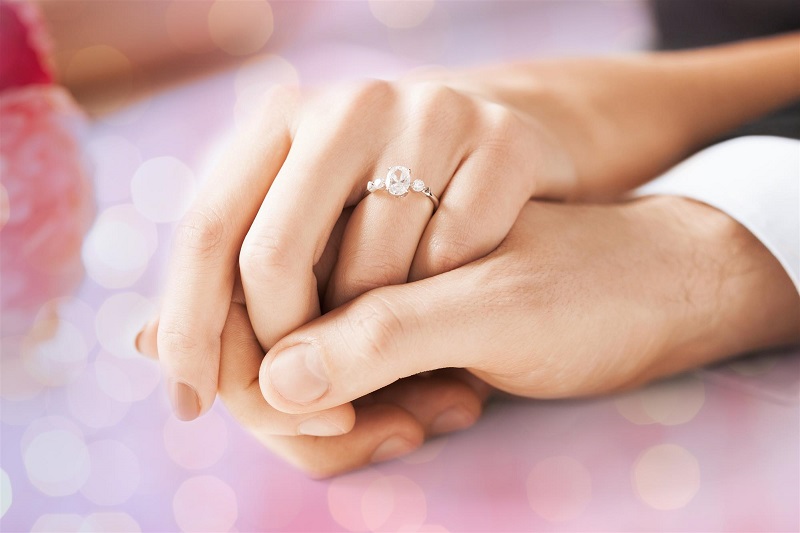
Although it has the air of an ancient ritual, the custom of giving engagement rings is actually a relatively recent phenomenon. It became popular in the early to mid-twentieth century and has stayed in vogue ever since, despite changing social attitudes, fluctuating economic conditions, and declining marriage rates. Through ups and downs, bad times and good times, diamond rings have remained, and will remain, enduring symbols of romance—eternal tokens of affection.
So, where did it all begin? Who was the first man to bestow a shiny symbol of his love upon his bride-to-be? How and why did the giving of diamonds become such a cherished—some women might say non-negotiable—custom, and what does economics have to do with it?
Diamond Rings – Love or Economics?
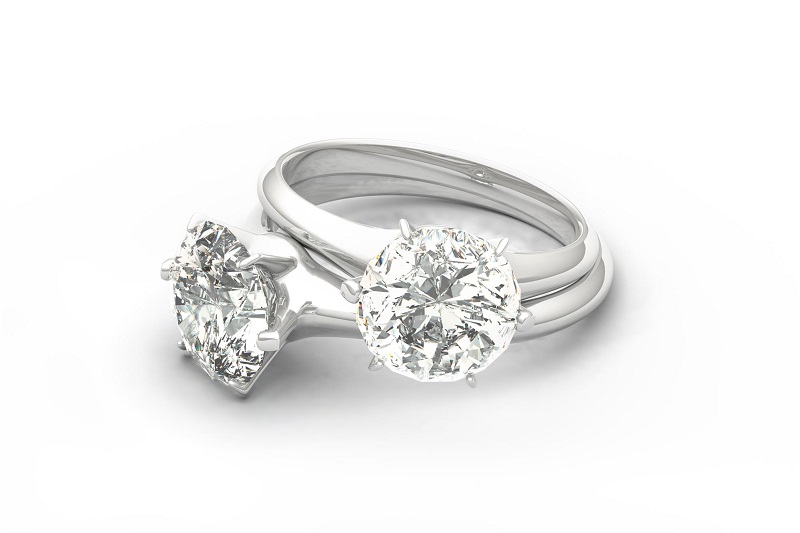
Despite the rich romantic symbolism—mention a diamond ring, and you’re likely to evoke images of romantic evenings and eternal love—the practice of giving engagement rings has a more mercenary origin. The oft-repeated story goes something like this: a clever ad agency invented the idea of the engagement ring in order to help a major client sell more diamonds.
Like so many tales that make their way down through history, that story is half truth, half myth. It is true that the N.W. Ayers advertising agency launched a major campaign on behalf of diamond giant DeBeers when the price of diamonds started declining, which partially explains the widespread and enduring popularity of the engagement ritual.
It is not entirely accurate, however, to trace the origin of the custom to that single sales campaign. Rather, it’s more honest to say that Ayers capitalized on an existing trend to increase their client’s profit margin.
Commitment or Collateral?
Indeed, by the time the ad campaign was launched, people had already started to buy diamond rings in greater numbers, and the reason has more to do with social attitudes than with economics. Across the country, women were demanding engagement rings as a form of insurance against faithless and unscrupulous fiancés. If her man left her high and dry before the altar, a spurned bride had some form of compensation in the diamonds she wore on her finger.
Back then, it wasn’t just the emotional pain and embarrassment of getting jilted that spurred women to demand some form of collateral. Rather, it was more serious than that. In those days, society expected a woman to be a virgin on her wedding day, at least in theory. Despite those lofty expectations, nearly half of engaged couples admitted to being intimate before the big day. By sleeping with a woman, and then refusing to marry her, a man was doing serious harm to his fiancé’s future prospects, lowering her “value” in the eyes of the world and reducing her chances of finding a suitable husband.
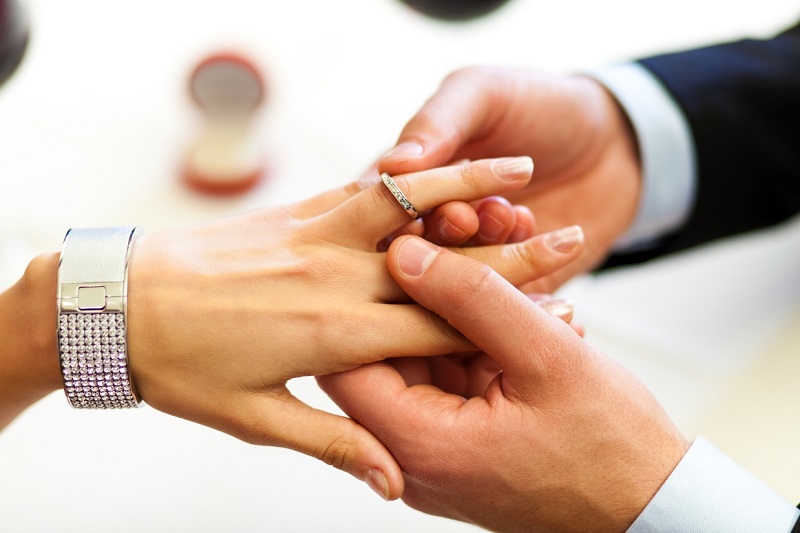
Historically, a jilted bride was allowed to sue for damages under a statute called Breach of Promise to Marry. When judges and lawmakers started striking down those laws, women took matters into their own hands; they started to demand some other form of monetary insurance up front—hence the engagement ring.
In fact, there was a direct correlation between the eradication of betrothal laws and the sale of diamond rings. As Matthew O’Brien of The Atlantic notes, research “found that this legal change was actually the most significant factor in the rise of the diamond engagement ring.” While the DeBeers ad campaign may have saved the jewelry business from the ramifications of a collapse in the price of diamonds, it did not create the custom in the first place.
The birth of the engagement ring—part economics; part social commentary. So, where does that leave us today?
Engagement Rings Today
Nowadays, women are no longer concerned about losing their reputations if an engagement goes awry. Nevertheless, up to three-quarters of all brides in America wear a diamond engagement ring on their fingers. When you take into account the average cost of such a ring (about $4,000), the persistence of the ring-giving ritual is astonishing.
Indeed, despite changes in social attitudes toward courtship, and even marriage itself, the idea of a betrothal gift has lost none of its luster. Men are still heading to jewelry stores in great numbers to purchase a token of their affection. All told, American couples spend billions of dollars on diamond engagement rings each and every year. Bain & Company’s 2013 Global Diamond Industry Report, for example, reported that Americans spent $11 billion on wedding jewelry in the year 2012 alone.
If anything, the engagement ritual has become more firmly rooted in our culture than ever. But why?
Changing Attitudes Lead to Evolution
While there might be a debate raging as to whether a woman should give back the ring when an engagement is called off, there is little doubt that an engagement ring is a fundamental part of the pre-marriage ritual. In that sense, tradition is alive and well. Perhaps that’s because the custom of giving engagement rings has evolved along with the times. Where once it was a token of virginity and faithfulness, it has now become a symbol of love, respect, and commitment.

One sign that notions of gender equality are taking hold is that more and more couples are opting to purchase two engagement rings—one for the man and one for the woman. Whether or not the male engagement ring will catch on and become the next big thing, its increasing prevalence suggests that attitudes have already shifted. Once a sign of suspicion and power imbalance, the ring is fast becoming one of the most prominent symbols of trust and equality.
Tough Times Call for Tough Choices
One fact that hasn’t changed much over the years is the effect of economic downturns on the industry. What is interesting, however, is how such slumps affect jewelry stores across the country. The recession that begin in 2007 and 2008, for example, significantly impacted sales.
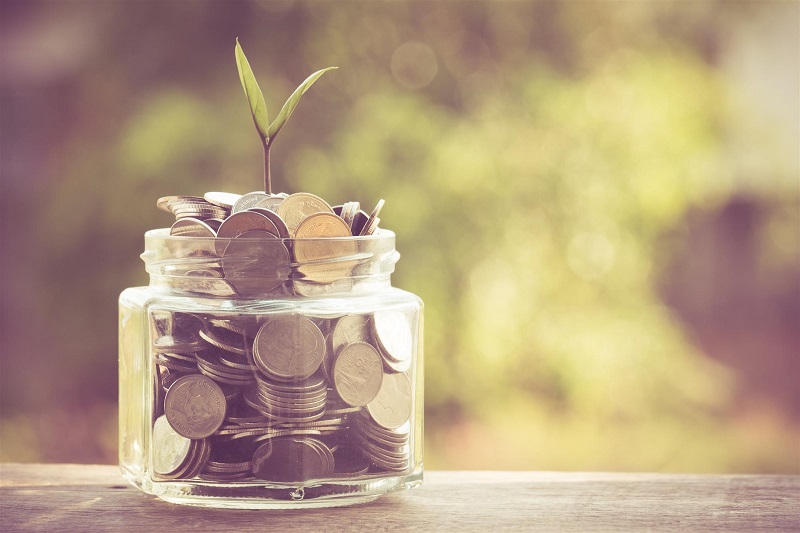
As soon as the economy tanked, couples started thinking smaller and cheaper. Some preferred to downsize their ring; others simply went with a stone of lesser quality. At least one small jewelry company reported that younger men started spending up to 50 percent less on engagement rings than they had before the recession hit.
A 2013 Jewelers of America report also noted that Americans spent on average 25 percent less on engagement rings in 2012 than they did in 2006—down to $4,000 from $5,317. Nevertheless, that number represented an increase over the previous year, 2011, when customers only spent an average of $3,538 on their engagement jewelry.
Those buying choices affected bottom lines in a big way. Tiffany & Co. saw its profit plunge 62 percent in the first quarter of 2009, while online merchant Blue Nile saw an 11.4 percent decrease in the same period. The same was no doubt true across the industry. While recent statistics suggest that business is looking up, sales numbers haven’t yet rebounded to their pre-recession level.
Despite the downturn, Americans still bought as many engagement rings as ever. Times may have gotten tougher, but people were still getting married and still demanding symbols of their commitment. According to the Diamond Information Center, an industry sales tracking group, the number of engagement rings sold in 2009 remained steady even while the amount spent on each ring sometimes fluctuated.
While rough economic times may force people to lower their expectations, create savings plans, and calculate payments more carefully, they don’t stop couples from pledging their love to each other. Nowadays, it’s more common for jewelry stores to offer payment plans and cost calculators to help people budget wisely.
The Future of the Diamond Ring
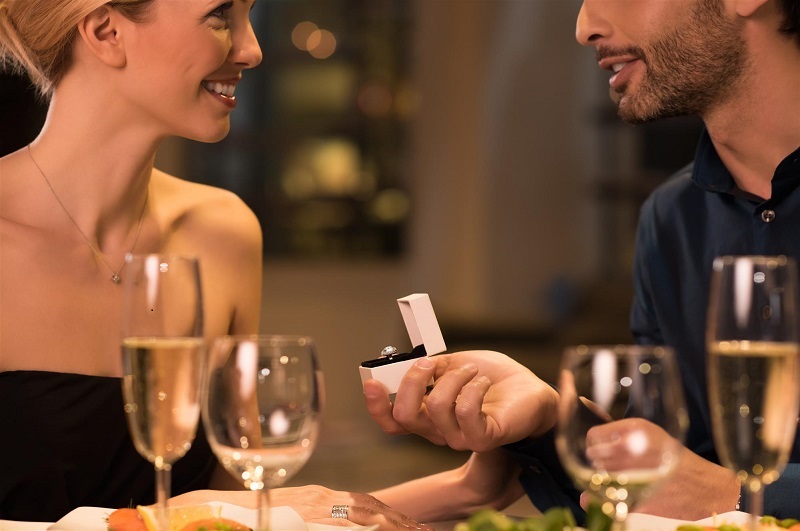
In spite of all the ups and downs, diamond rings still remain the most visible sign of love between two people. To this day, nothing signals a willingness to commit quite like a princess cut or cushion cut diamond ring. The ring may no longer serve as insurance for a woman, but it does represent an investment in the future of a relationship.
Source
- ABC News, “Economic Reality: Scaled-Down Engagement Rings – http://abcnews.go.com/Business/Economy/story?id=7710554&page=1
Now that you know the history and economic impact of choosing engagement rings, Diamond-Vault can provide you the assistance you need when picking out the perfect engagement ring.








